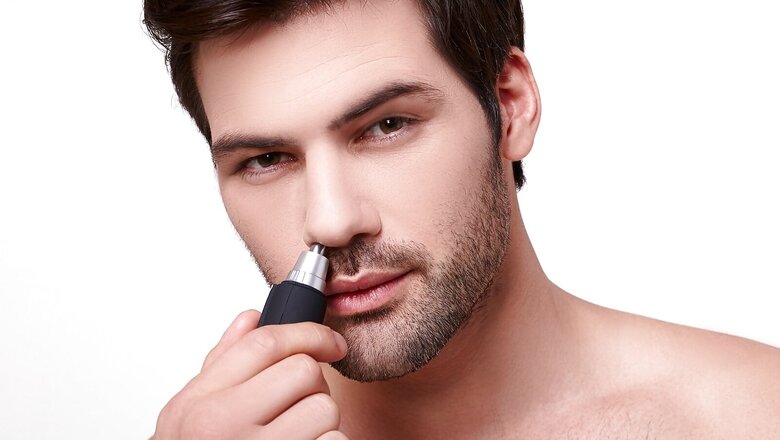
views
Is nose hair essential to fighting off colds and other viral illnesses? I ask this as a woman who, before the pandemic, used to get my eyebrows waxed. The person performing the wax would always recommend waxing my nose hair.
A: A medical “truism” holds that nose hair filters the air we breathe and therefore protects us from infection by airborne viruses, bacteria, and other pathogens. But, as is often the case with truisms, its history may be more venerable than verified.
The idea that our nose hairs, known medically as vibrissae, might offer protection against infectious germs goes back more than a century. In 1896, a pair of English doctors, writing in the prestigious medical journal The Lancet, noted that:
The interior of the great majority of normal nasal cavities is perfectly aseptic (sterile). On the other hand, the vestibules of the nares (nostrils), the vibrissae lining them, and all crusts formed there are generally swarming with bacteria. These two facts seem to demonstrate that the vibrissae act as a filter and that a large number of microbes meet their fate in the moist meshes of the hair which fringes the vestibule.
The English doctors’ conclusion might sound logical, but at that point, nobody had actually studied whether trimming nose hairs might make it easier for germs to penetrate deeper into the respiratory tract.
It was not until 2011 that the density of nose hair was rigorously studied as a possible correlate of disease. In a study of 233 patients published in the International Archives of Allergy and Immunology, a team of researchers from Turkey found that people with denser nose hair were less likely to have asthma. The researchers attributed this finding to the filtration function of nose hair.
Their observation was interesting, but it was an observational study that cannot prove cause and effect, and asthma is not an infection. The researchers also did not do any follow-up studies to assess how trimming the nose hair might affect the risk of asthma — or infection.
It took until 2015 for doctors at the Mayo Clinic to perform the first, and so far only, study to look at the effects of trimming nose hairs. The researchers measured nasal air flow in 30 patients before and after cutting their nose hairs and found that trimming led to improvements in both subjective and objective measures of nasal air flow. Improvements were greatest in those who had the most nose hair to begin with. The results were published in the American Journal of Rhinology and Allergy.
Again, an interesting conclusion, but does better nasal airflow correlate with a higher risk of infection?
Neither study addressed this question directly. But Dr. David Stoddard, the lead author of the Mayo study, noted that if someone works with drywall, for example, “I can tell whether they just got off work by the white dust trapped in their nose hairs. But it’s the larger particles that get trapped in the nose hairs. Viruses are much smaller. They are so small that they will probably pass through the nose either way. I don’t think trimming one’s nose hair would put them at increased risk for respiratory infection.”
Based on the limited study of nose hairs, there is no evidence that trimming or waxing them increases the risk of respiratory infections. And as at least one expert who has worked in the field speculated, it probably does not.
Richard Klasco, [email protected] The New York Times Company.
Read all the Latest News, Breaking News and Assembly Elections updates here.


















Comments
0 comment